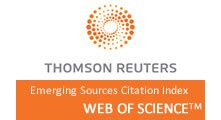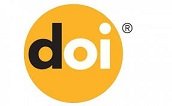Influence of Scientific Stories on Students Ideas about Science and Scientists
1106
327
Abstract
This study was conducted to determine whether a lesson, in which context-based learning approach and scientific stories were used, changed stereotypical images of students (aged 11-12) about science and scientists. Data was collected from two separate sources: Interviews conducted with six students and Draw a Scientist Test (DAST) document that was given to 80 students (before and after the intervention). In the study, context-based learning approach with scientific stories was used as intervention after which a change in studentsâ ideas about science and scientists was observed. At the end of the study, changes were observed in various categories of stereotypical images of scientists, such as use laboratory tools (test tubes, glass bottles, magnifying glasses, chemicals, etc.), use of technological appliances (computers, microscopes, telescopes, machines, robots, etc.), scientists who study living things (plants, animals, humans), scientists who study inside a laboratory, scientists who study outdoors (nature, space, etc.). At the same time, changes in understanding of nature of science by students were observed. After the intervention, clues about student ideas such as, there is more than one scientific method, there is no single criteria for doing science, scientists use their imagination in their studies, and science studies are not limited to one field were observed. In the course of the study, student ideas about science changed from a positivist philosophy toward a heuristic philosophy.
Keywords
Scientists Images, Scientific Stories, Nature of Science, Context-based Learning.
Full Text:
PDFRefbacks
- There are currently no refbacks.
Copyright (c) 2017 International Journal of Education in Mathematics, Science and Technology







International Journal of Education in Mathematics, Science and Technology (IJEMST)

This work is licensed under a Creative Commons Attribution-NonCommercial-ShareAlike 4.0 International License.
ISSN: 2147-611X (Online)
